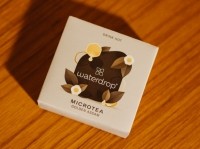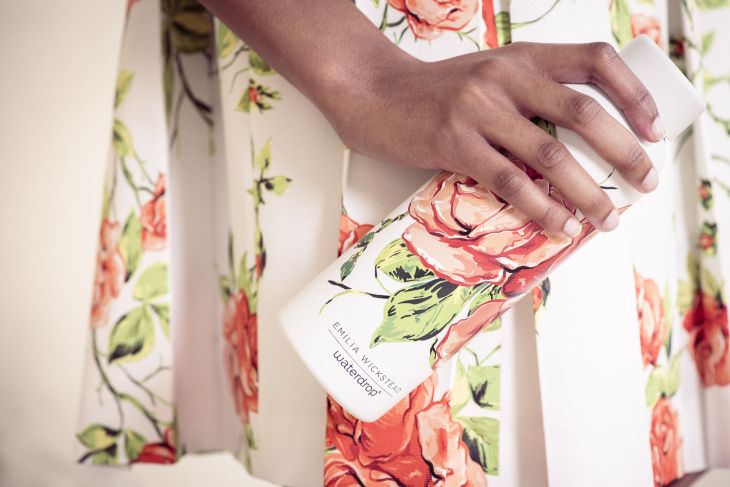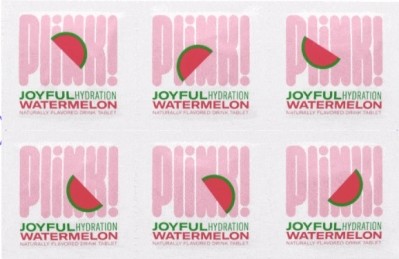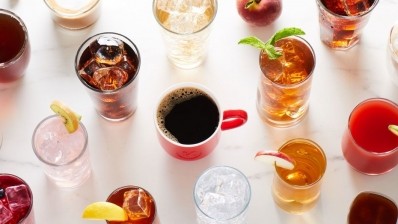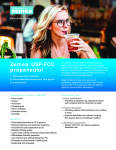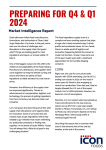Waterdrop CEO outlines US ambitions: ‘We wanted to make something beautiful and easy to use like an Apple product’
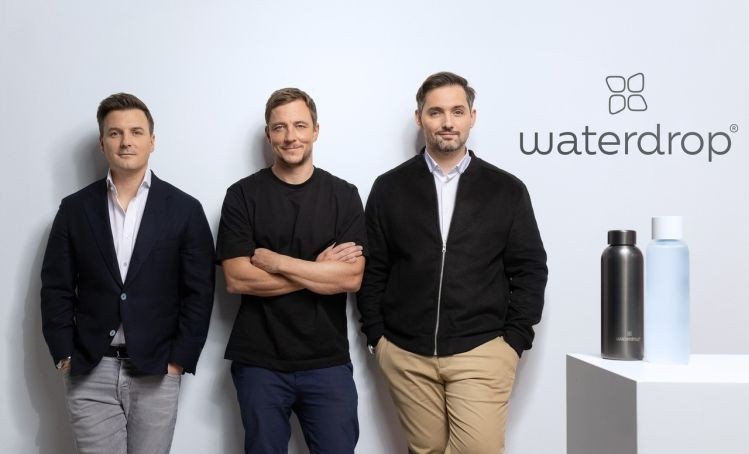
The financing round - led by Temasek and supported by Bitburger Ventures and Founders Future – will help waterdrop build its US team, develop new products, and enter new markets, said Murray, who said future generations would be horrified that we ever sold drinking water - something already available on tap to most Americans and Europeans - in single-use bottles and then shipped it all over the world.
“Even as a teenager I never really understood why all these people were drinking sugar water in plastic bottles,” said Murray, who came up with the idea for waterdrop – dissolvable cubes combining plant extracts, vitamins, and natural flavors, colors, and sweeteners - in Singapore in 2015, and spent the next 18 months refining the concept.
But the basic idea was simple, he told FoodNavigator-USA: “First of all, it’s really light to sell micro drinks online, whereas bottled beverages are too heavy and unsustainable. Second, we could drastically reduce the amount of carbon dioxide [emitted by producing plastic bottles and shipping water], and third, we let people individualize their consumption.”
'Even as a teenager I never really understood why all these people were drinking sugar water in plastic bottles'
While the water enhancer market is well established, most firms in the space are producing powders in packets (eg. Liquid IV), tablets in plastic tubes (eg. nuun), or squeezy plastic dispensers that contain multiple servings (MiO), none of which appealed to Murray, either aesthetically or practically.
“I dislike the syrups because of the packaging and all the preservatives, plus I did not see them as being a lifestyle brand that you're proud of,” said Murray, who attracts a lot of new customers with a starter pack combining micro drinks and an upmarket glass or steel bottle or tumbler.
“We wanted to make something beautiful and easy to use like an Apple product. For the powders, the customer experience is not very nice and they float around in the water. The technology used in tablets is more interesting, as you’re basically using baking soda and an acid – when they react the baking soda absorbs the acid, so then you can add fruits and plants, add them to water and you don't have to stir.”
Today, waterdrop has 200+ employees in multiple markets, and listings in 10,000+ stores, but generates the bulk of its revenues online via its website, with 1.5m online customers, who are 70% female, aged 25-50, said Murray.
“That's the beauty of our business… we know exactly who our customers are because we sell directly. But we also have teenagers and customers in elderly homes. But ultimately we’re mass market.”
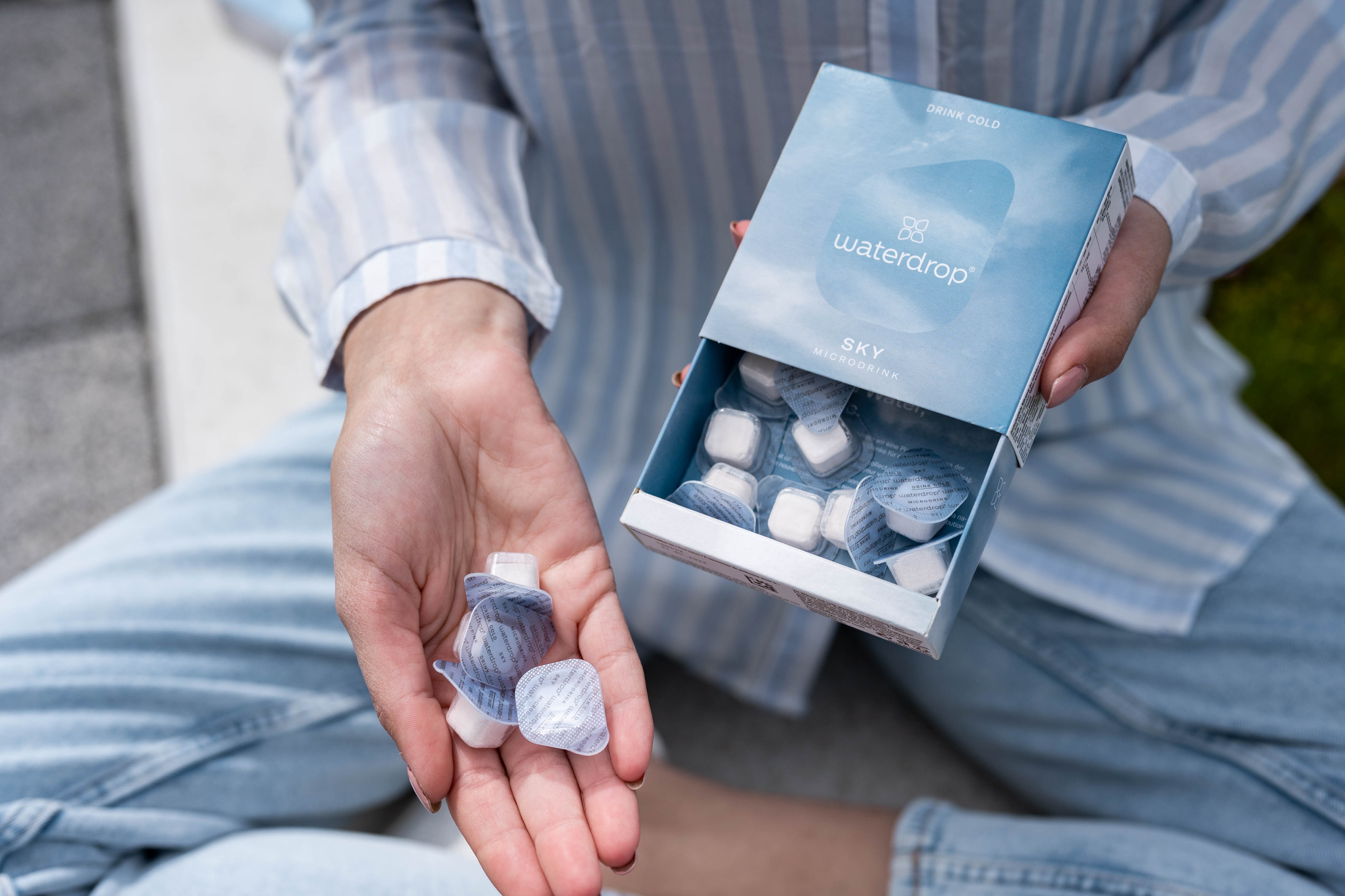
‘Maybe next year the US will be our biggest market…?’
The go-to-market strategy in the US – which waterdrop entered last summer - will broadly follow the playbook that has delivered for the brand in Europe, said Murray, who said the firm racked up sales of $10m in the US in 2021 and aims to “triple that at least” in 2022.
“Maybe next year the US will be our biggest market. So the [series B funding] allocation is mainly going to the US because we really want to focus on building the US market, but globally what we're shooting at is a $500m sales target within the next five to seven years. This year, we're aiming to grow probably 70% and we’re going to concentrate on the US and Europe, but as of next year, we’re going to expand in Southeast Asia and then eventually be truly global.”
As for the playbook in new markets, he said: “We start by selling online, we run Facebook ads, Instagram ads, and we work with influencers to create brand awareness and acquire our first customers. And the bigger we get online, the more we do offline.
“The next step is typically we’ll open stores for brand awareness in key markets such as New York, Austin, and L.A., and speak to real customers face to face to learn more about the market, and then we do exclusive partnerships with retailers.”
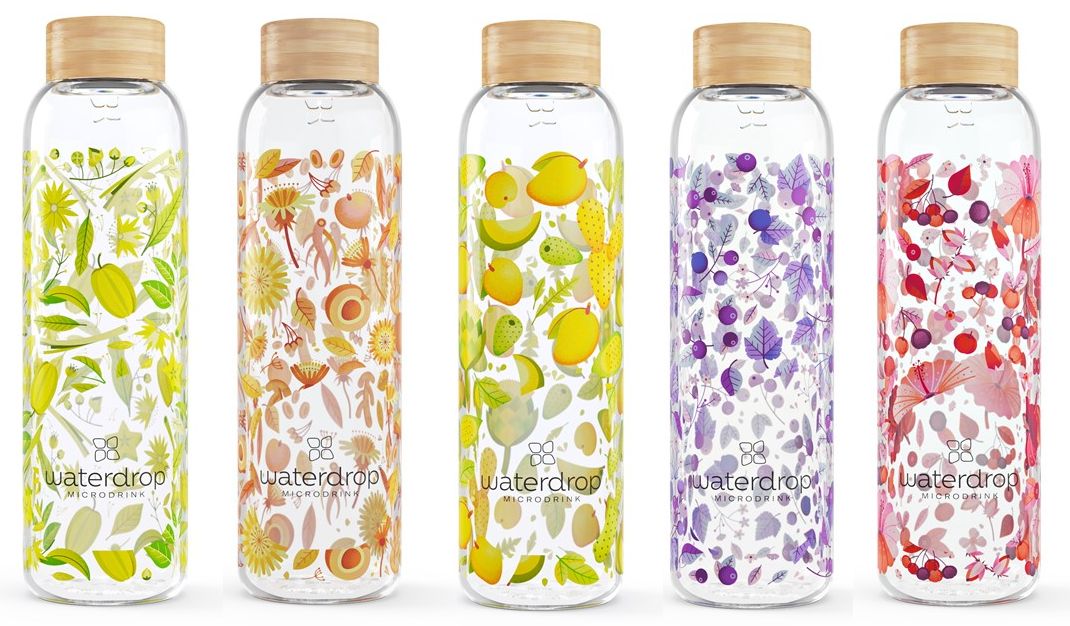
Customer retention
Asked about customer retention, he said, “In our more mature markets such as Germany and France, we have an extremely loyal customer base, but you have to invest in retention, so we do a lot of email marketing, plus we have one of the biggest hydration apps out there, where people can track their water consumption.
“We’re rolling that out in Europe at the moment, and we’re also looking at ways to incentivize people to drink water so they can earn points [that translate into cash] to use to buy other products.”
‘Our ambition is of course to be 100% bio based or biodegradable’
But what about packaging? If a key part of the company’s mission is about ditching single use plastics (or other materials), isn’t wrapping individual cubes in plastic (polymers which are recyclable, but may not be accepted by all curbside collection schemes) running counter to that?
According to Murray: “We strategically decided to individually package so we can play around with different flavors and offer mixed boxes, it’s more hygienic, plus they contain sensitive natural fruit and plant extracts we need to protect from air and moisture and we don’t want to use preservation chemicals.”
Unfortunately, cornstarch or other bio-degradable solutions do not deliver the barrier properties required, while some edible firms do not dissolve quickly or sufficiently enough to deliver the kind of customer experience waterdrop expects, added Murray.
“Our ambition is of course to be 100% bio-based or biodegradable, and we have two teams working with leading scientists on new packaging, but we need to have to have a certain shelf life. I would switch tomorrow to dissolvable packaging if it were possible for our products.”
“Since our initial investment three years ago, waterdrop has developed from a highly disruptive concept to a global category leader with 9-digit sales volume providing the consumers with a highly innovative, convenient and comprehensive hydration portfolio.”
Friedrich Droste, Bitburger Ventures
How defensible is the waterdrop business?
While the product - on the face of it – might not look very defensible, waterdrop has built multiple layers of protection around it, said Murray: “Everything about our product is proprietary, the recipe, the compression technology, and the packaging.
“To compress the ingredients into cubes, we built machines from scratch. We own our own production company and have 14 German engineers doing nothing but the compression technology, and then how do you package 100s of millions of these in a fully automated way? So we had to build machines with robotic arms.”
Temasek – the lead investor in the series B round - invests in long term trends, with which waterdrop is aligned, claims waterdrop CEO Martin Murray: “People are going to go away from bottling things, there’s a massive push towards e-commerce, and there’s a massive push towards what we call drink tech, the usage of data to optimize individual people's hydration.
“And then there’s the whole CO2 discussion with beverages. It’s not just the plastic, but the emissions from transportation… the emissions caused by beverages are just absurd. Bottling water in France and driving it to Germany. It doesn't make any sense.”
